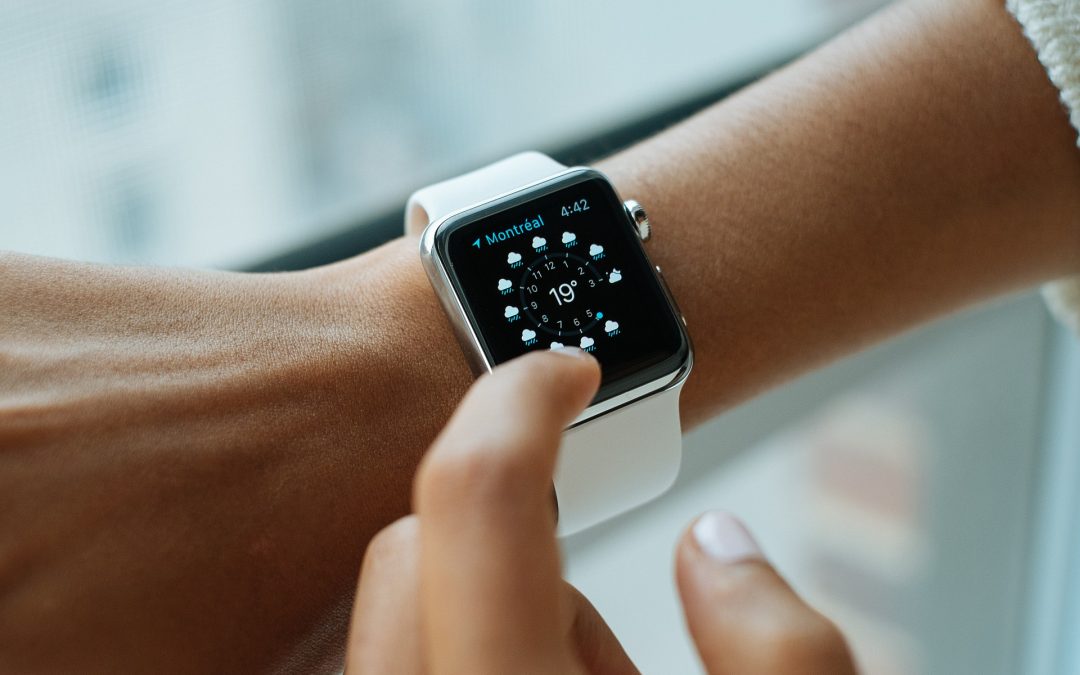Thanks to the Internet of Things, we’re awash in more data than we know what to do with. Data from our cars, our watches, our toothbrushes — collecting information is the easy part, but handling it can be complicated. Machine learning can make sense of data, and the implications could help IoT — and wearables specifically — really take off.
When machines are designed to recognize patterns and update their algorithms accordingly, they can make wearable technology more useful for consumers. An article on Warable.com explains some of the opportunities machine learning already presents for technology companies and their wearable products.
Take Google as one example. Android Wear’s “Google Now” app is getting a new feature called “Now On Tap” that uses machine learning to provide contextual suggestions without any prompting. Between search, email, text, location, calendar, and apps, the amount of data that can be mined is huge, and the software can learn a lot about you and what you need at any given moment. It might suggest movie times and trailers when a friend texts you about seeing a film, or quick lunch spots based on your physical location and schedule.
Apple is working on similar technology through which the Apple Watch will recommend more and more relevant apps based on user data. Machine learning could also empower Siri to make informed, proactive suggestions.
Since fitness is the most popular form of wearable, machine learning is influencing the efficacy of health software as well. The Microsoft Band will use the company’s Intelligence Engine to learn how your daily activities influences your exercise routine. The system could, for example, determine whether a high amount of meetings correlates with a slower run, or less sleep.
On the healthcare end, wearables with sensors can inform medical professionals of patient data such as air quality, humidity, steps, times opening the fridge, or using the bathroom. This provides a more comprehensive picture of a patient’s wellness.
Wearables can also track and learn about wearer’s emotions, body movements, fertility, and medication compliance.
All of this together may seem amazing and terrifying at the same time. I see it as an inevitability of technology; we have the data, so it follows that we’ll program the technology to take advantage of it. As long as it’s being used with consent of the user to the user’s advantage, it has the possibility to benefit all of mankind.
